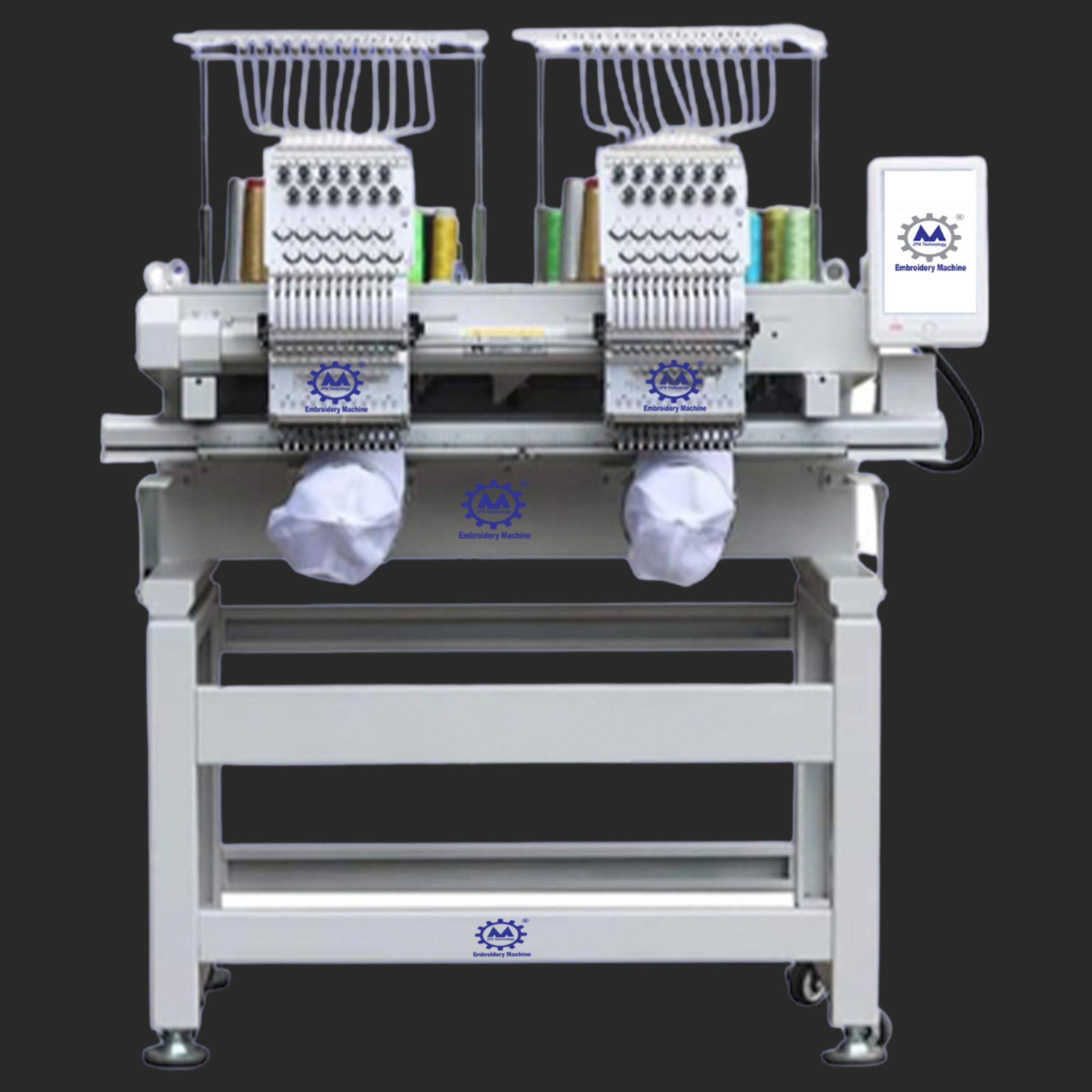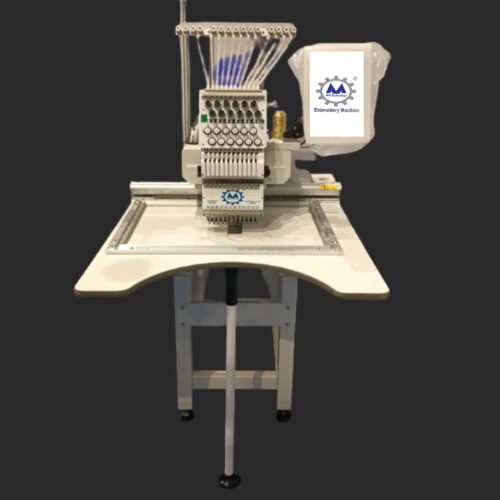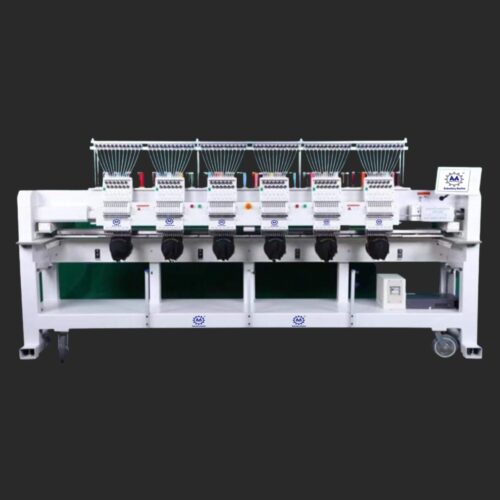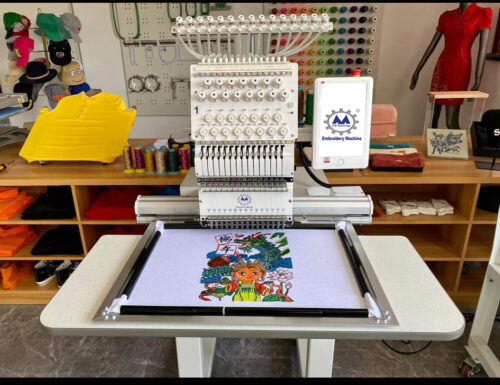- Design Input: The machine allows users to input designs through various means such as USB, computer connectivity, or built-in design libraries. These designs can be either pre-loaded templates or custom designs created using embroidery software.
- Hooping System: The machine has a hooping system that securely holds the fabric in place during the embroidery process. The fabric is stretched and attached to a frame or hoop, ensuring it remains taut and stationary.
- Needle and Thread: The machine is equipped with a single needle, which is responsible for creating the embroidered designs. The needle is threaded with colored threads that are selected based on the desired design.
- Control Panel: The machine features a control panel with an LCD screen or a touchscreen interface. This panel allows users to navigate through various settings, select designs, adjust stitch parameters, and control other machine functions.
- Stitching Mechanism: The machine utilizes a motorized stitching mechanism to move the fabric and needle according to the design specifications. It can move the fabric in different directions, such as side-to-side, up and down, and rotate it as needed to create intricate patterns.
- Tension Control: The machine incorporates tension control mechanisms to ensure that the threads are properly tensioned during the embroidery process. This helps maintain consistent and high-quality stitching results.
- Trimming and Cutting: Some single-head embroidery machines have built-in trimming and cutting mechanisms. These features automatically trim excess thread and cut jump stitches, reducing the need for manual intervention.
- Speed and Precision: The machine offers variable speed control, allowing users to adjust the embroidery speed according to their requirements. It can achieve high stitching speeds while maintaining precise control over the needle movement, resulting in accurate and detailed embroidery.
- Bobbin System: The machine uses a bobbin system to provide the thread supply for the underside of the embroidery. The bobbin is wound with the thread of choice and works in synchronization with the needle to create a complete stitch.
- Multiple Embroidery Formats: The machine supports various embroidery file formats such as DST, PES, EXP, and more. This compatibility ensures that designs created on different software platforms can be easily imported and stitched on the machine.
Double Head 2032
Double-head embroidery machines are commonly used in small businesses, custom embroidery shops, and hobbyist settings. They provide a versatile and efficient way to add decorative and personalized touches to garments, accessories, home decor items, and more.
Description







Reviews
There are no reviews yet.